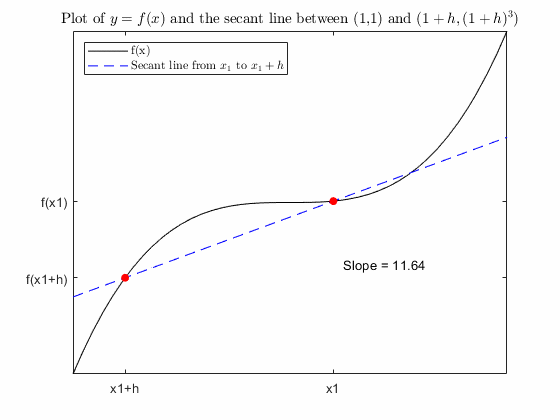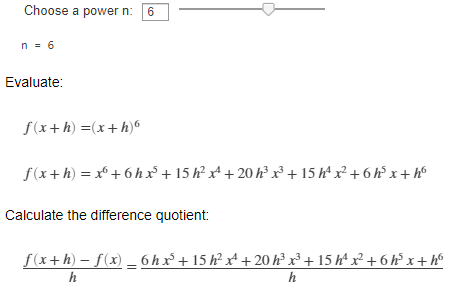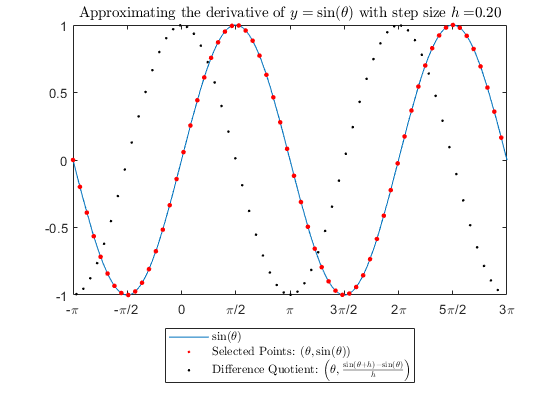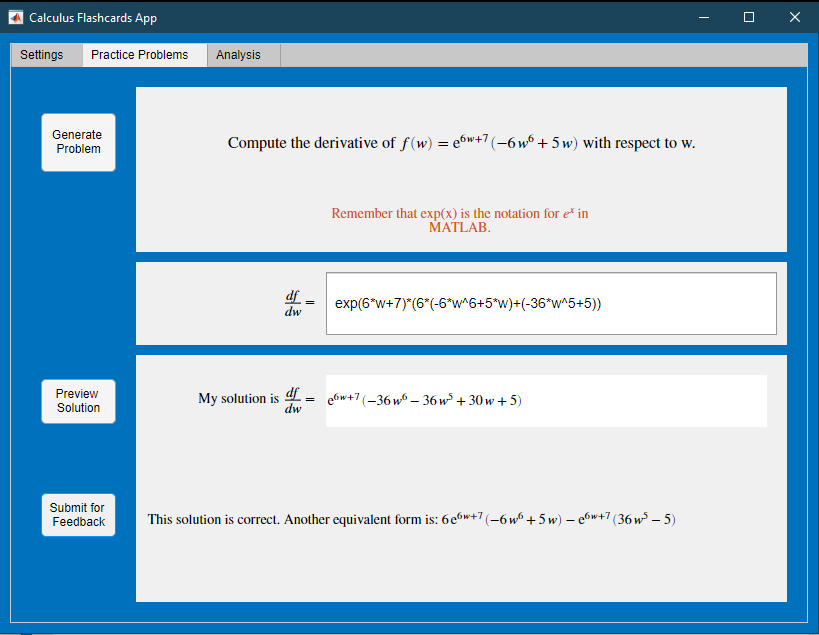Curriculum Module
Created with R2024a. Compatible with R2024a and later releases.
This curriculum module contains interactive MATLAB® live scripts that teach fundamental concepts and basic terminology related to derivative calculus. There is a focus on numerical approximation and graphical representation as tools for understanding the concepts of calculus.
You can use these live scripts as demonstrations in lectures, class activities, or interactive assignments outside of class. The derivatives module is divided into five scripts and a practice app. The first covers the limit definition of the derivative and includes several motivating examples for the study of derivatives. The second covers derivatives of powers and the linearity of derivatives working from the limit definition of the derivative, including an application to parabolic motion. The third covers derivatives of exponentials, natural logarithms, sines and cosines as well as discussing higher order derivatives. Applications include population growth and oscillatory behavior. The fourth script presents visualizations of the product and chain rule for derivatives as well as randomly generated practice problems. Applications include related rates and the quotient rule for derivatives. The fifth script presents approximation of differentiable functions by polynomials, including tangent lines, and leading up to Taylor polynomials. The Calculus Flashcards app allows users to select the types of derivative (or integral) rules they wish to practice, generate randomized problems, and track their progress within a session.
The instructions inside the live scripts will guide you through the exercises and activities. All interactive exercises offer feedback while reflection questions are more open-ended and do not include solutions in this module. Get started with each live script by running it one section at a time. To stop running the script or a section midway (for example, when an animation is in progress), use the ![]() Stop button in the RUN section of the Live Editor tab in the MATLAB Toolstrip.
Stop button in the RUN section of the Live Editor tab in the MATLAB Toolstrip.
Solutions are available upon instructor request. Contact the MathWorks teaching resources team if you would like to request solutions, provide feedback, or if you have a question.
Mathematically, this module assumes a knowledge of functions that is standard in precalculus course materials regarding powers, exponentials, absolute values, logarithms, sines, cosines, rational functions, and asymptotes. In addition, this module assumes basic fluency with limits in discussing the limit definition of the derivative.
Minimal MATLAB fluency is required to use this module; primarily it is standard calculator-type mathematics such as using </samp>* for multiplication and / for division. For commands that go beyond interacting with a calculator, the necessary knowledge is included in the module. If you want to improve your MATLAB knowledge, MATLAB Onramp is a free two-hour introductory tutorial that teaches the essentials of MATLAB.
Use the  link to download the module. You will be prompted to log in or create a MathWorks account. The project will be loaded, and you will see an app with several navigation options to get you started.
link to download the module. You will be prompted to log in or create a MathWorks account. The project will be loaded, and you will see an app with several navigation options to get you started.
Download or clone this repository. Open MATLAB, navigate to the folder containing these scripts and double-click on Derivatives.prj. It will add the appropriate files to your MATLAB path and open an app that asks you where you would like to start.
Ensure you have all the required products (listed below) installed. If you need to include a product, add it using the Add-On Explorer. To install an add-on, go to the Home tab and select ![]() Add-Ons > Get Add-Ons.
Add-Ons > Get Add-Ons.
MATLAB® and the Symbolic Math Toobox™ are used throughout. Tools from the Curve Fitting Toolbox™ are used in TranscendentalsRules.mlx.
|
TaylorPolynomials.mlx |
In this script, students will... |
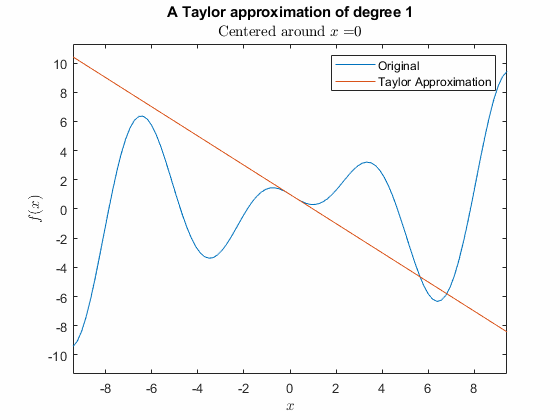 |
|
Practice recognizing and solving standard computational problems in calculus.
The license for this module is available in the LICENSE.md.
| Courseware Module |
Sample Content |
Available on: |
| Calculus: Integrals |
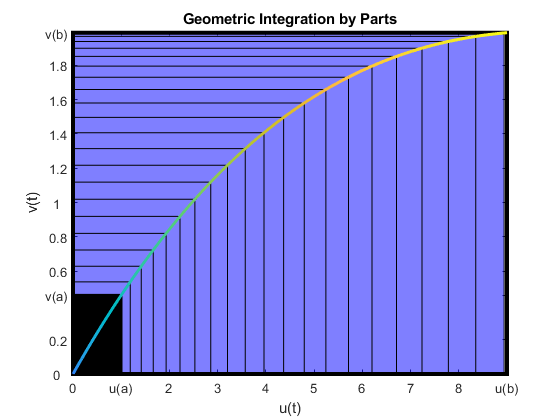 |
  GitHub |
| Fourier Analysis |
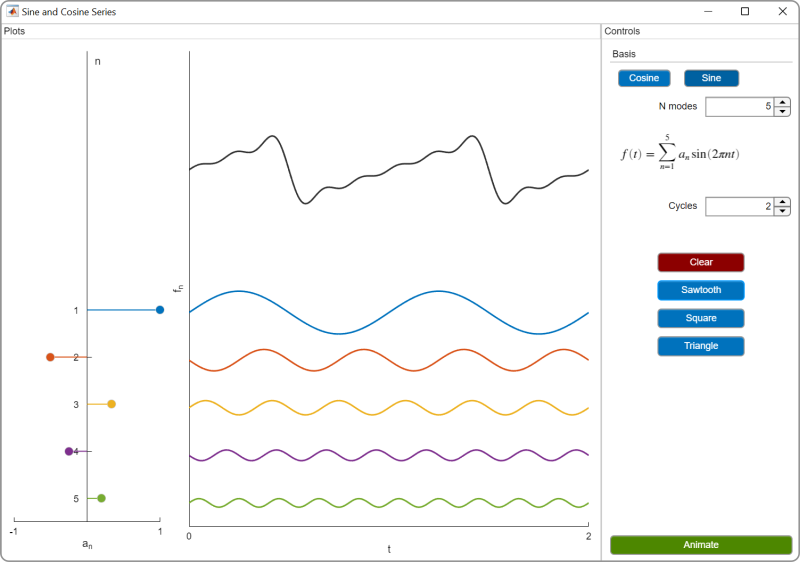 |
  GitHub |
| Numerical Methods with Applications |
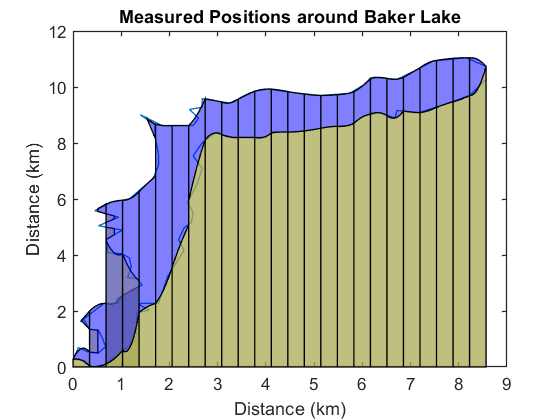 |
  GitHub |
Or feel free to explore our other modular courseware content.
Looking for more? Find an issue? Have a suggestion? Please contact the MathWorks teaching resources team. If you want to contribute directly to this project, you can find information about how to do so in the CONTRIBUTING.md page on GitHub.
© Copyright 2023 The MathWorks™, Inc



